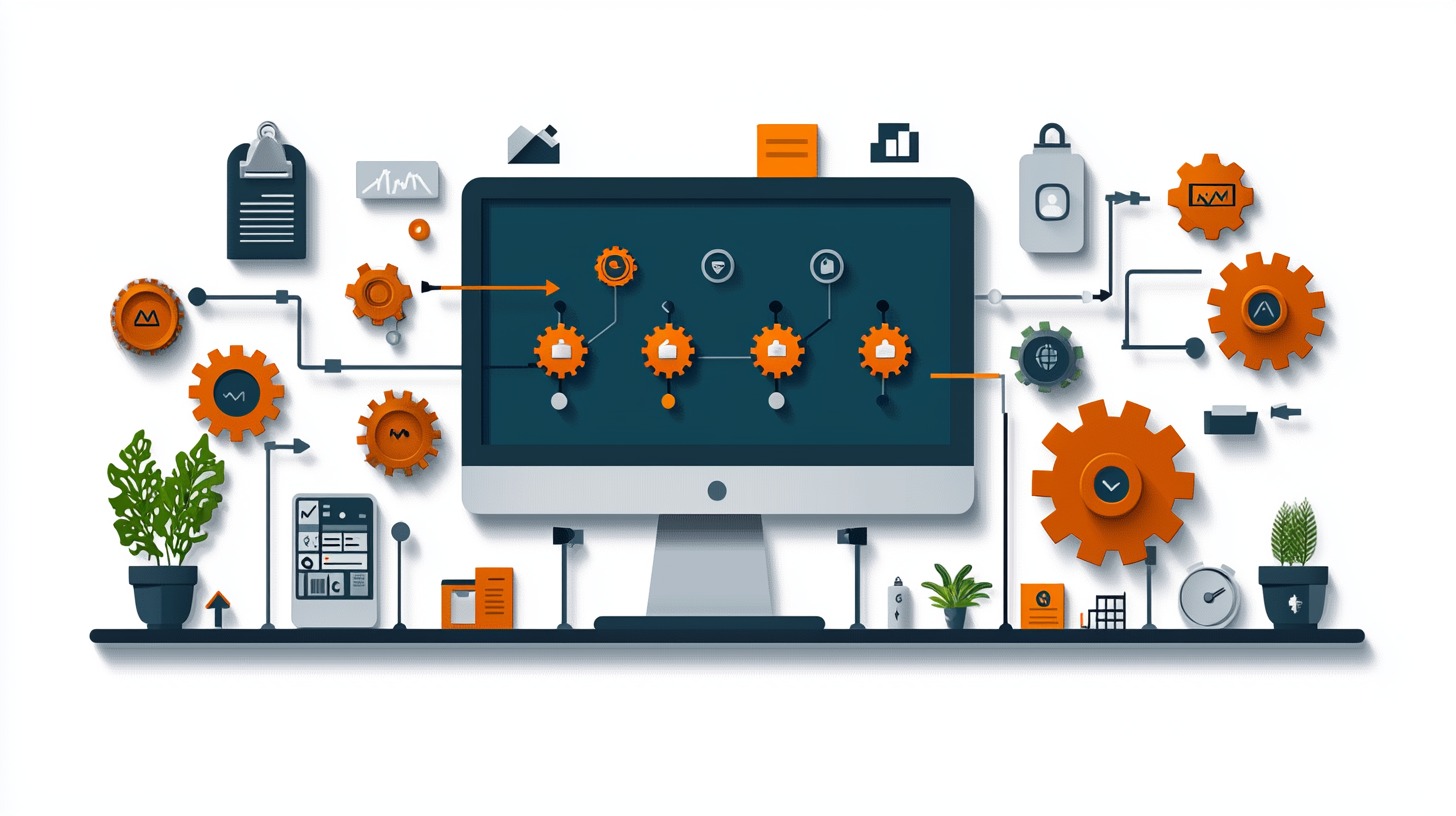
The guide to insurance automation
The insurance industry is undergoing a major transformation, fueled by automation technologies and evolving customer expectations. This shift is particularly visible in the travel sector, where modern insurance solutions help ensure safe and seamless journeys. Leading destinations, such as those featured in this list: https://www.5dariyanews.com/news/465397-Exploring-Qatar-in-2025-Must-See-Attractions-and-Travel-Tips, are embracing innovative approaches that highlight the growing importance of travel insurance as part of the customer experience.
How automation is changing insurance
Automation is shaking up the insurance world in a big way. McKinsey reports some impressive stats:
- Claims processing is 30% faster.
- Operational productivity is up by 42%.
- IT costs are down by $41 per policy.
For insurers, this means staying ahead of the game. For customers? They’re now expecting faster, more personalized service — thanks to industries like FinTech and e-commerce setting the bar. Ushur, a leader in customer experience automation, has put together a helpful guide to show how insurers can boost efficiency and improve customer experiences.
What’s insurance automation, anyway?
It’s all about using AI, machine learning, and digital tools to streamline things like underwriting, claims, and customer communication. This cuts down on errors and makes everything smoother for everyone involved.
Key features of insurance automation:
- Customer experience automation (CXA): Personalized, automated customer interactions.
- Digital workflows: Manual processes? Gone. Streamlined tasks? In.
- Vertical AI: AI built specifically to tackle insurance needs.
- Natural language processing (NLP): Smart chatbots and automated emails that feel human.
Traditionally, insurance has been slow and clunky. Automation flips the script by speeding up quotes, improving outreach, and making policy management a breeze. Thanks to technology, you can now get insurance quickly and remotely. Read more here: https://marhaba.qa/how-to-get-visitors-health-insurance-online-and-why-qic-is-your-best-option/.

How insurance automation has evolved
The industry has come a long way:
- Early 2000s: Basic digitization and customer portals.
- 2010s: Online quotes and digital claims.
- Today: Full automation with almost no manual work needed.
A Gartner survey from 2023 shows 83% of insurance CIOs are prioritizing customer experience improvements over cost-cutting when investing in automation. That’s huge!
How does automation improve customer experience?
These days, customers expect the same seamless service they get from companies like Amazon or Netflix. Automation helps insurers deliver:
- Instant service: Real-time help for quotes, claims, and more.
- Proactive support: AI tools that suggest policies or send risk alerts.
Take Equitable, for example — they used AI to cut quote intake times by 80%, making customers a lot happier.
Why automation is a win for insurance
Here’s why automation is a game-changer:
- Efficiency: Speeds up processes and reduces mistakes.
- Cost savings: Cuts onboarding costs by up to 50%.
- Scalability: Handles busy times, like after a disaster, with ease.
- Better engagement: 24/7 AI-powered support keeps customers satisfied.
- Compliance: Automatically meets regulatory requirements.
Solving industry problems with automation
Automation is tackling big challenges across the board:
- Group insurance: Faster and more accurate quotes.
- Claims processing: Quicker payouts with fewer delays.
- Individual insurance: Simplified document requests and claims.
- Property & casualty insurance: Faster disaster claim processing with AI.

How to get started with insurance automation
Here’s how insurers can dive in:
- Evaluate your processes: Find the pain points.
- Prioritize high-impact areas: Start where you’ll see fast results, like claims processing.
- Pick the right tools: Look for AI and RPA (robotic process automation) solutions.
- Collaborate with teams: Bring together claims, IT, and underwriting teams.
- Start small: Test with a pilot project, measure success, and grow from there.
What’s next for insurance automation?
The future is looking exciting. Here’s what’s on the horizon:
- Generative AI: Real-time insights and recommendations tailored to customers.
- Self-optimizing policies: Insurance that adapts to real-time risks.
- Embedded insurance: Coverage built right into products like smart homes and cars.
Automation is here to stay, and it’s only getting better. Whether you’re tackling inefficiencies or rethinking how you serve customers, now’s the time to jump on board!


